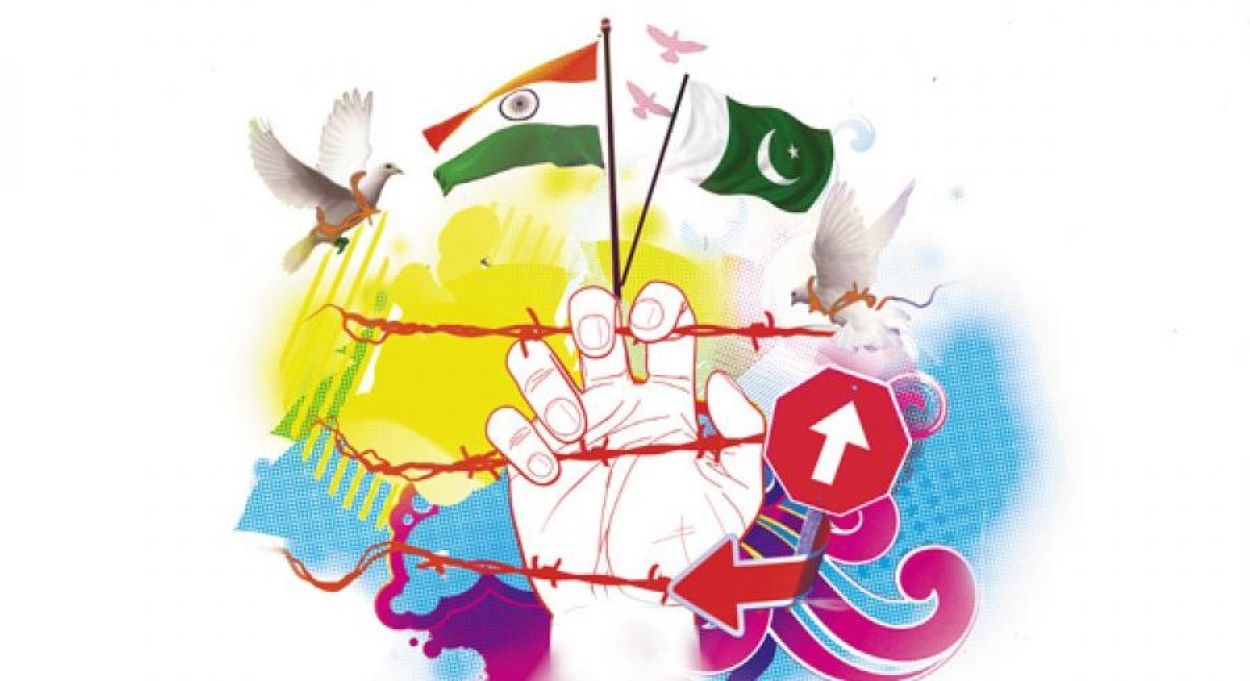The latest report provides a detailed comparison, demonstrating that between 1965 and 1990, Pakistan’s economic growth outpaced India’s.
Optimus Capital Management released two infographics illustrating that Pakistan achieved a peak growth rate of 6% in 1991-92. However, Pakistan’s economic performance has steadily deteriorated since that peak, characterized by rising income disparities, poverty, and unemployment. In contrast, starting in 1990, India’s economic growth began to exceed Pakistan’s, demonstrating a consistent upward trajectory.
Dr. Ashfaq Hassan, a senior economist, observed that the data depict a gradual decline in Pakistan’s economic health, with the nation becoming increasingly passive in these challenges. Over the past 15 years, Pakistan’s average annual GDP growth rate was 3.4%, and it continues to decline, indicating that economic benefits are accruing to a small fraction of the population while the majority suffer from poverty and hardship. Moreover, the widening income gap has not been addressed by successive administrations.
Pakistan’s economic strategies have become heavily reliant on international financial institutions such as the IMF and the World Bank. Factors such as the rupee depreciation, high-interest rates, unjust taxation, and expensive utilities have rendered Pakistani industries globally uncompetitive. Industrial output is falling, and agricultural production is barely adequate, increasing the country’s dependency on food imports. Under the IMF’s oversight for the foreseeable future, economic prospects appear grim, with growth potentially slowing to as low as 2% annually, exacerbating poverty, unemployment, and national debt.
In a discussion with The Express Tribune, Asif Qureshi, CEO of Optimus Capital Management, explained that the infographics were based on publicly available data and intended to compare the economic paths of Pakistan and India since their simultaneous independence in 1947. Despite similar governance and public sector efficiency challenges in both countries, India has benefitted from its emphasis on quality education, a robust private sector, and advances in science and technology. Additionally, global geopolitical dynamics and media coverage tend to favour India, attracting more investment relative to Pakistan, which has lagged in implementing crucial structural reforms.
The Asian Development Bank, in its 2024 Asian Development Outlook Report, forecasts a reduction in inflation in Pakistan for the upcoming fiscal year, although challenges remain. The report highlights that Pakistan experienced its highest inflation rates in the last five decades during the previous year and anticipates continued high inflation due to increased energy prices under the IMF program.
The report also notes that political instability and natural disasters have contracted Pakistan’s economy, with rising costs in the construction sector and heightened taxes further impeding growth. However, there are opportunities for economic improvement, particularly through initiatives aimed at financially empowering women and enhancing the agricultural and industrial sectors.






